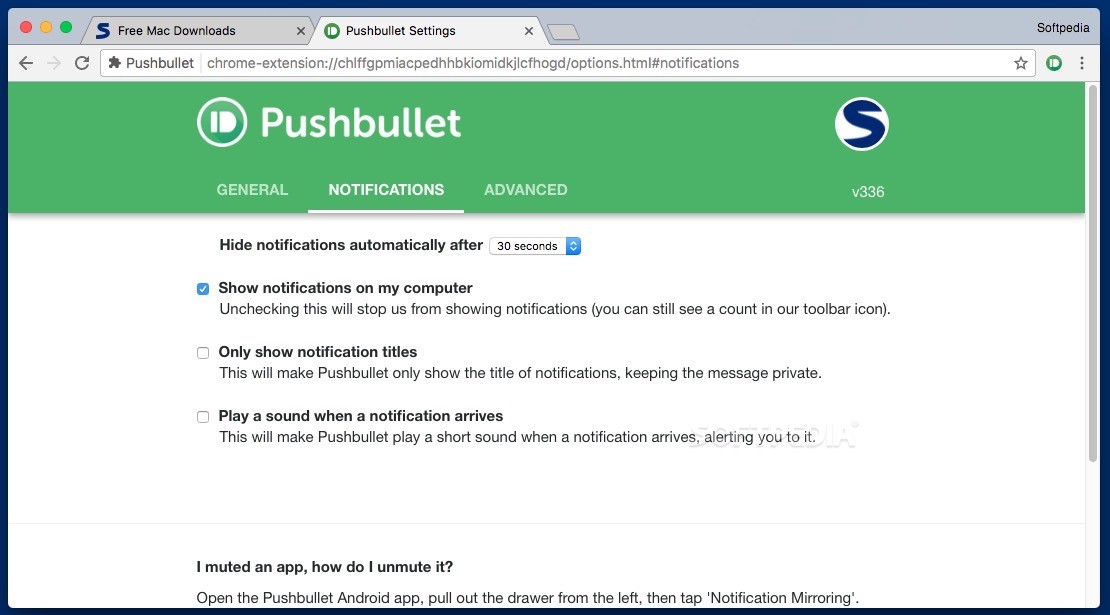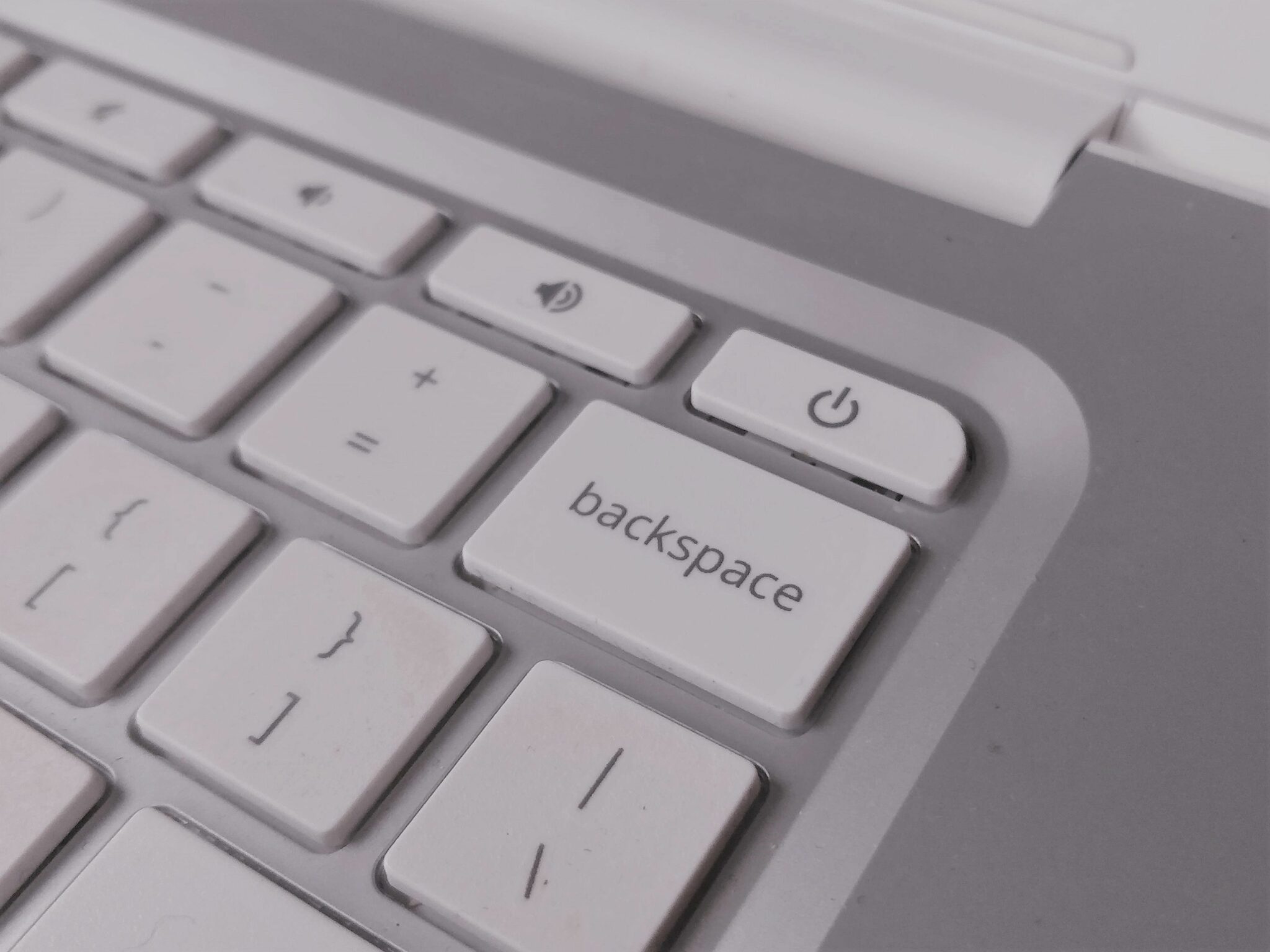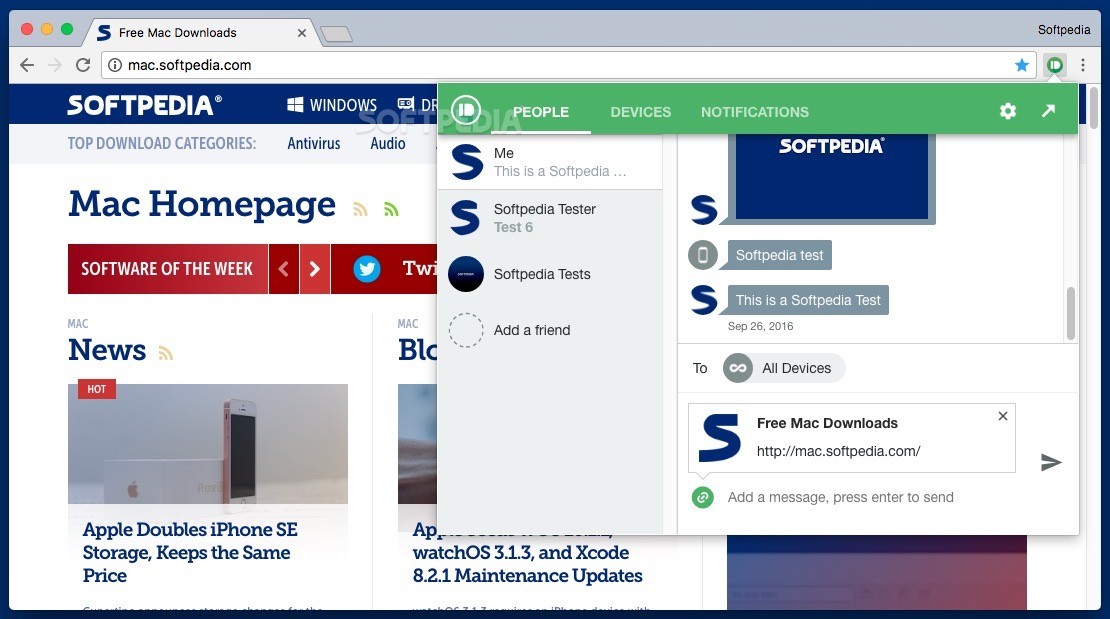

The Quick Settings tile also gives you quick access to whether everyone, contacts, or no one can see your device with Nearby Share. If you have the Nearby Share tile added to your device's Quick Settings, you can also long-press that to get to the same Nearby Share settings to toggle the feature on.

You can also change your device's name here if you want something more than a generic "'s phone." Nearby Share may be turned off on your Android phone, but you can turn it on by going to Settings –> Google –> Devices & sharing –> Nearby Share –> Use Nearby Share.

It also works great on other devices, like Samsung Galaxy models, for example. Nearby Share isn't just for devices running stock Android. Don't Miss: Android Lets You Set Different Languages Per App for a Truly Multilingual Experience - Here's How It WorksĪnd since September, Google has been rolling out another feature that automatically accepts requests on receiving devices signed into the same Google account as the sending device for a more seamless experience.The new ability allows you to copy something on your Android 13 device, whether an image, file, text, or something else, quickly share it with Nearby Share, and paste it directly into wherever you need it on the receiving device running Android 6 or later. Thankfully, Android now has an equivalent.Īfter abandoning similar functionality (Android Beam), Google has taken strides to close the gap in interoperability between devices with Nearby Share, released in mid-2020, which enables file sharing between Android devices and Chromebooks.Īndroid 13 brings a handy update to Nearby Share, which makes sharing content between devices even easier. One of the coolest features I've come to rely on is AirDrop, which makes it easy to beam content from mobile devices to desktops and vice versa. While I prefer Android in my personal life, I've had the opportunity to work in the Apple ecosystem.


 0 kommentar(er)
0 kommentar(er)
